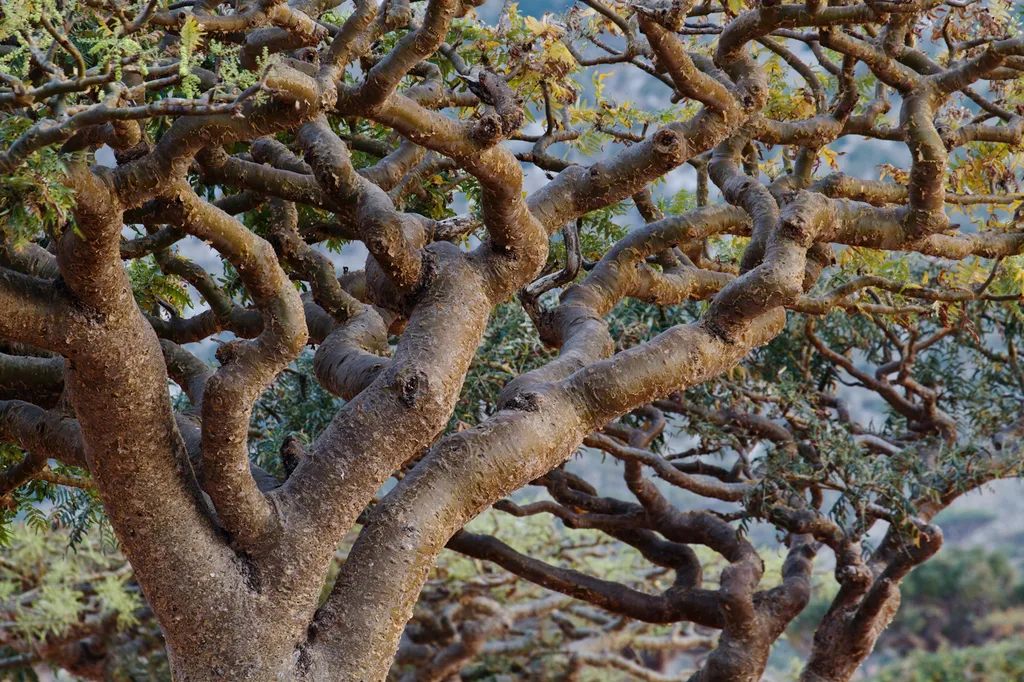In the arid landscapes of northern Ethiopia, a humble tree stands as a beacon of untapped economic potential and ecological resilience. Boswellia papyrifera, commonly known as the Ethiopian frankincense tree, has long been a silent contributor to the region’s biodiversity and local livelihoods. However, a recent study published in the *International Journal of Forestry Research* sheds light on the tree’s dwindling population and the urgent need for conservation and sustainable management.
The research, led by Girma Nigussie from the Amhara Agricultural Research Institute, focused on the Wag-Himra Zone, specifically the Abergele, Dehana, and Ziquala woredas. The study revealed a stark reality: despite its ecological significance and economic potential, B. papyrifera has been largely overlooked. “The tree can thrive in arid, degraded, and nutrient-poor soils, making it a vital component of the local ecosystem,” Nigussie explained. “Yet, its conservation and sustainable management have received little attention.”
The study found that in Abergele woreda, encompassing 15 kebeles (the smallest administrative division in Ethiopia), B. papyrifera was present in only three kebeles, with an average tree density of 178 trees per hectare. Ziquala woreda, also with 15 kebeles, hosted the tree in just two kebeles, but with a higher average density of 695 trees per hectare. These figures, while promising, also highlight the tree’s patchy distribution and the need for targeted conservation efforts.
The economic implications of this research are profound. Frankincense, derived from B. papyrifera, is a high-value commodity in the global market. The study emphasizes the ample availability of frankincense resources in the surveyed woredas, which could serve as a significant income source for locals. However, its potential remains largely untapped due to a lack of awareness about its economic significance. “Locally, the tree is primarily used as construction material and forage,” Nigussie noted. “There’s a need to shift this perspective and harness its economic potential.”
The study recommends that universities or research centers address the challenges related to the tree’s regeneration status to ensure sustainable management of these valuable resources. This could pave the way for a thriving frankincense industry in the region, benefiting local communities and boosting the agriculture sector.
The research also underscores the importance of integrating traditional knowledge with modern scientific approaches for the sustainable management of B. papyrifera. This could involve community-based conservation initiatives, capacity building, and awareness-raising campaigns to highlight the tree’s economic significance.
As the world grapples with climate change and biodiversity loss, the findings of this study offer a glimmer of hope. They highlight the potential of underutilized species like B. papyrifera to support local livelihoods, enhance biodiversity, and mitigate the impacts of climate change. The study serves as a call to action for policymakers, researchers, and local communities to come together and ensure the sustainable management of this valuable resource.
In the words of Nigussie, “The future of B. papyrifera lies in our hands. It’s time we recognize its value and take concerted action to conserve and sustainably manage it for the benefit of current and future generations.”

